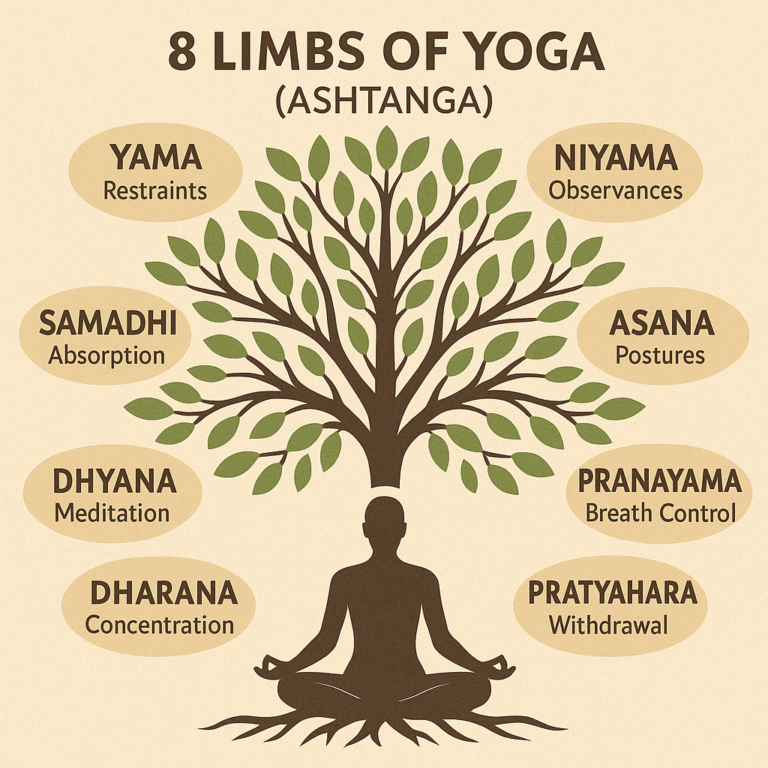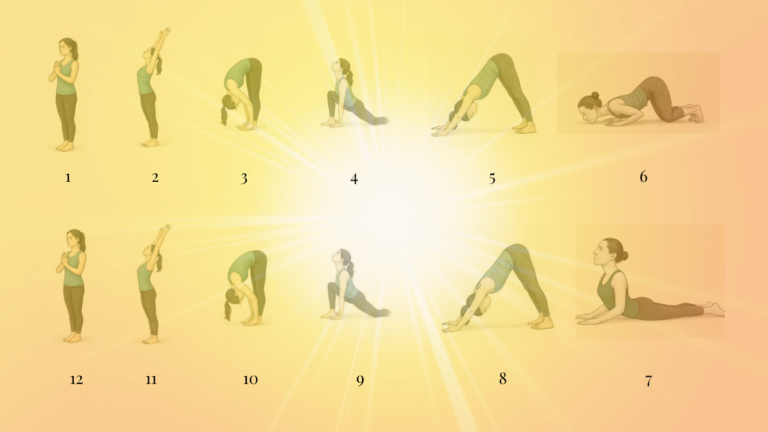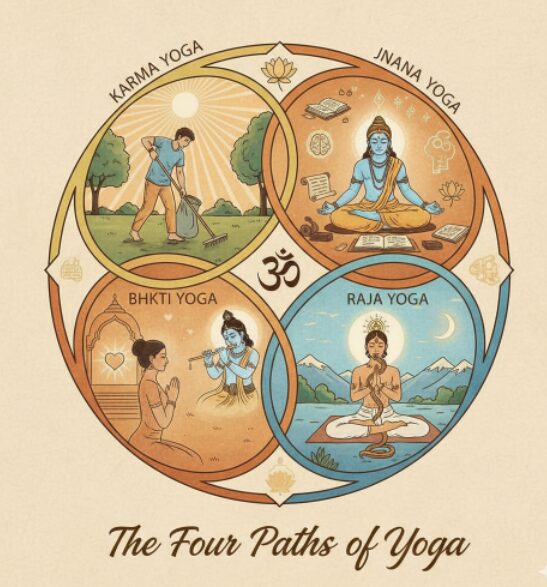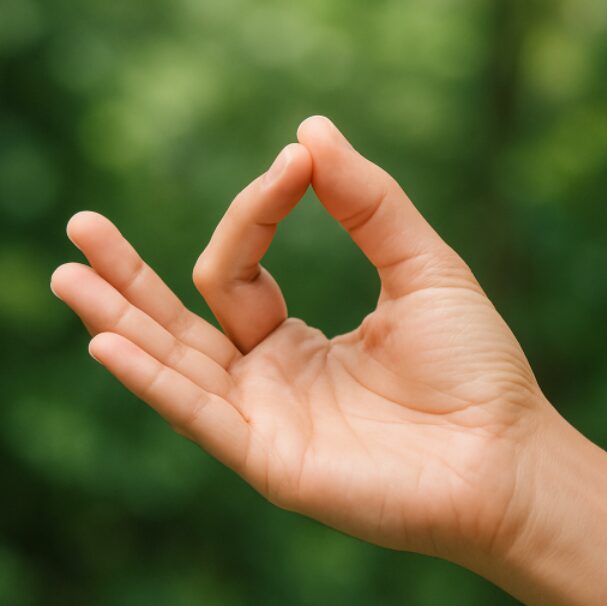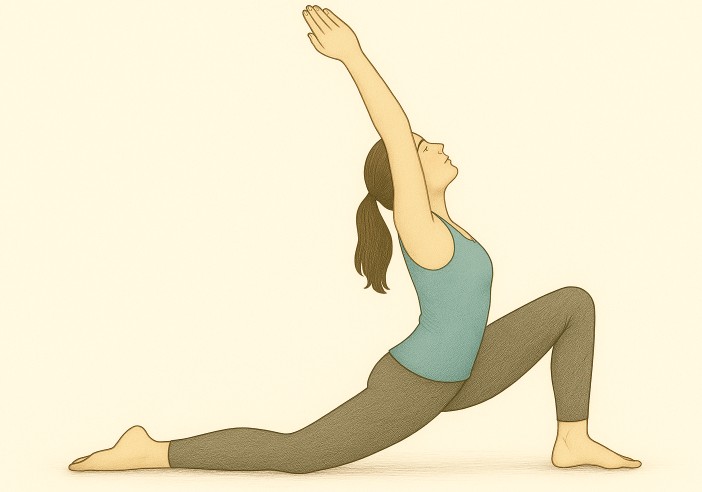Five Vital Energies – The Pancha Prana Vayus that Govern our Body
In the ancient Indian traditions of Yoga and Ayurveda, the concept of Prana – the vital life force – is central to understanding health, consciousness, and the intricate workings of the human body and mind. Prana, while a singular pervasive energy, manifests in five distinct forms, known as Pancha Vayus (five winds or airs), each governing specific physiological and psychological functions. These five vital currents are not merely abstract ideas; they are tangible energies that influence everything from breath and digestion to thought and emotional expression.
The Foundation: Prana and the Energetic Body
Before delving into the individual Vayus, it’s crucial to grasp the broader concept of Prana. In Yogic philosophy, Prana is the universal life energy that animates all creation. It is the breath of the universe, the subtle force that enables movement, thought, and all biological processes. Within the human body Prana is absorbed through breath, food, water, and sensory experiences, and its balanced flow through the Nadis (energy channels) is essential for our well-being.
Ayurveda, the sister science of Yoga, echoes this understanding, recognizing Prana as a fundamental aspect of Vata Dosha (one of the three primary bio-energies). Vata, composed of the elements – air and ether, is responsible for all movement in the body, and the Pancha Vayus are essentially the five functional subtypes of Vata. An imbalance in any of these Vayus can lead to a myriad of physical and mental ailments, making their harmonious functioning very essential for our health.
The Pancha Vayus: Their Locations, Functions, and Significance
The five Pancha Vayus are: Prana Vayu, Apana Vayu, Samana Vayu, Udana Vayu, and Vyana Vayu. While they have distinct areas of operation, they are interconnected and interdependent, working in a synergistic dance to maintain the body’s equilibrium.
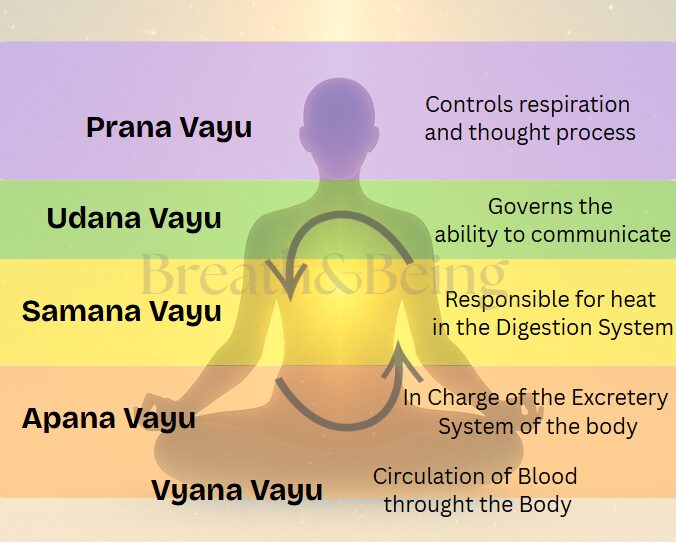
1. Prana Vayu (The Inward and Upward Moving Air)
Location: Primarily in the chest and head region, particularly from the diaphragm to the throat. It governs the heart, lungs, and brain.
Functions:
- Inhalation: It is the fundamental energy responsible for drawing breath into the body, initiating the respiratory process.
- Intake: Prana Vayu governs all forms of intake – not just air, but also food, water, and sensory impressions. It is the force that propels life into the system.
- Forward Momentum: It is associated with propulsion and the initiation of actions.
- Cardiac Function: It regulates heart rate and the rhythmic contractions of the heart.
- Mental Clarity: A balanced Prana Vayu supports alertness, focus, and mental clarity.
Ayurvedic/Yogic Significance: Often considered the most vital of the Vayus, as it is the direct link to the universal life force. Imbalances can manifest as respiratory issues (asthma, shallow breathing), anxiety, lack of motivation, and heart palpitations. In yogic practice, pranayama techniques like Ujjayi breath and Nadi Shodhana directly influence Prana Vayu.
2. Udana Vayu (The Upward Moving Air)
Location: Above the throat, encompassing the head, neck, and sensory organs.
Functions:
- Speech and Expression: Udana Vayu governs the ability to speak, sing, and express oneself clearly.
- Growth and Ascension: It is responsible for growth, physical posture (maintaining an upright position), and the upward movement of energy towards higher consciousness.
- Sensory Perception: It activates the sensory organs (eyes, ears, nose, tongue).
- Mental Faculties: Influences memory, intellect, and enthusiasm.
Ayurvedic/Yogic Significance: Associated with the Vishuddha Chakra (Throat Chakra), Udana Vayu is key to communication, creativity, and spiritual growth. Imbalances can manifest as speech impediments, thyroid issues, lack of motivation, difficulty expressing oneself, or problems with memory and concentration. Inversions and certain sitting asanas can help activate Udana Vayu.
3. Samana Vayu (The Balancing and Assimilating Air)
Location: In the naval region, between the diaphragm and the navel. It governs the digestive organs, including the stomach, small intestine, liver, pancreas, and spleen.
Functions:
- Digestion and Metabolism: Samana Vayu is the “digestive fire” (Agni) that processes food, breaks down nutrients, and assimilates them into the body.
- Assimilation: It not only digests physical food but is also responsible for experiences, emotions, and sensory inputs, helping us extract nourishment and meaning from them.
- Balance: It harmonizes the inward flow of Prana and the outward flow of Apana, maintaining equilibrium in the central region of the body.
- Discernment: It aids in discerning what is beneficial and what is not.
Ayurvedic/Yogic Significance: Strongly linked to the Manipura Chakra (Solar Plexus Chakra), Samana Vayu is crucial for physical energy, vitality, and emotional processing. Imbalances can lead to indigestion, bloating, metabolic issues, and difficulty processing emotions or making decisions. Forward bending and sitting asanas are often recommended for balancing Samana Vayu.
4. Apana Vayu (The Downward and Outward Moving Air)
Location: Below the navel, extending to the perineum. It governs the pelvic region, including the large intestine, kidneys, bladder, and reproductive organs.
Functions:
- Elimination: Apana Vayu is responsible for all downward and outward movements, facilitating the elimination of waste products such as faeces, urine, and menstrual fluid.
- Childbirth: It plays a crucial role in the expulsion of the fetus during childbirth.
- Grounding: It provides a sense of stability, grounding, and release.
- Sexual Function: Governs reproductive processes.
Ayurvedic/Yogic Significance: Often associated with the Muladhara Chakra (Root Chakra), Apana Vayu is vital for detoxification and maintaining a healthy internal environment. Imbalances can lead to constipation, diarrhea, urinary problems, reproductive issues, and feelings of lethargy or lack of grounding. Yoga postures like hip openers and prone postures are beneficial for balancing Apana Vayu.
5. Vyana Vayu (The Pervasive and Circulating Air)
- Location: Pervades the entire body, from the center outwards.
- Functions:
- Circulation: Vyana Vayu is the force behind the circulation of blood, lymph, nutrients, and nervous impulses throughout the body.
- Coordination: It integrates and coordinates the functions of all other Vayus, ensuring a harmonious flow of energy.
- Movement: Responsible for all voluntary and involuntary movements, including muscular contractions, joint flexibility, and the opening and closing of the eyelids.
- Expansiveness: It fosters a sense of openness and expansiveness within the body and mind.
Ayurvedic/Yogic Significance: Vyana Vayu is the “distributor” of Prana, ensuring that life force reaches every cell. An imbalance can lead to poor circulation, joint stiffness, muscle cramps, nerve disorders, and a general feeling of being scattered or disconnected. Balancing and standing yoga postures are particularly effective for harmonizing Vyana Vayu.
Interdependence and Holistic Well-being
It is crucial to understand that the Pancha Vayus do not operate in isolation. They are deeply interconnected, and the health of one directly impacts the others. For example, poor digestion (Samana Vayu imbalance) can lead to impaired elimination (Apana Vayu imbalance) and a lack of overall vitality (Prana Vayu imbalance). Similarly, a constricted Prana Vayu can affect one’s ability to speak clearly (Udana Vayu) or move freely (Vyana Vayu).
Both Yogic and Ayurvedic philosophies emphasize that maintaining the balance of these five vital airs is fundamental to achieving holistic well-being. Through the following conscious practices one can achieve this balance :
- Pranayama (Breathwork): Specific breathing techniques can directly influence the flow and balance of each Vayu.
- Asana (Yoga Postures): Different postures are designed to stimulate and harmonize specific Vayus, addressing imbalances.
- Meditation: Cultivating inner awareness allows for a deeper connection to these subtle energies, promoting balance and self-regulation.
- Ayurvedic Diet and Lifestyle: Tailoring one’s diet and daily routine to their individual constitution (Dosha) and the state of their Vayus helps maintain their equilibrium.
- Mudra (Hand Gestures): Specific hand gestures are believed to channel and balance the energy of the Pancha Vayus.
By understanding and working with the Pancha Vayus, individuals can gain profound insights into their physical, mental, and energetic landscape. This ancient wisdom provides a powerful framework for self-healing, self-awareness, and ultimately, a path towards a life of greater vitality, clarity, and harmony.

